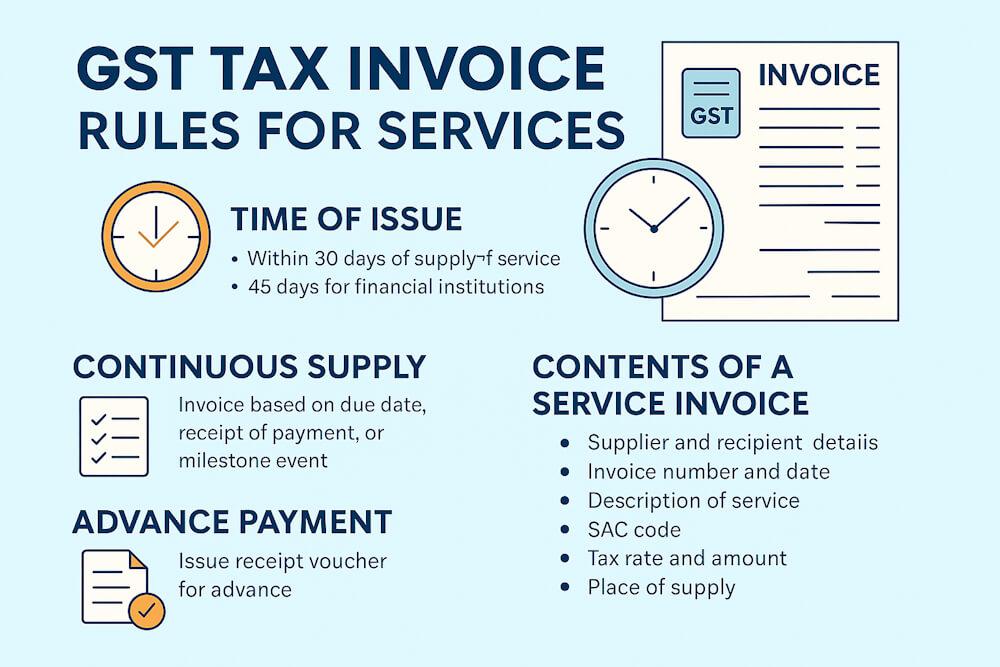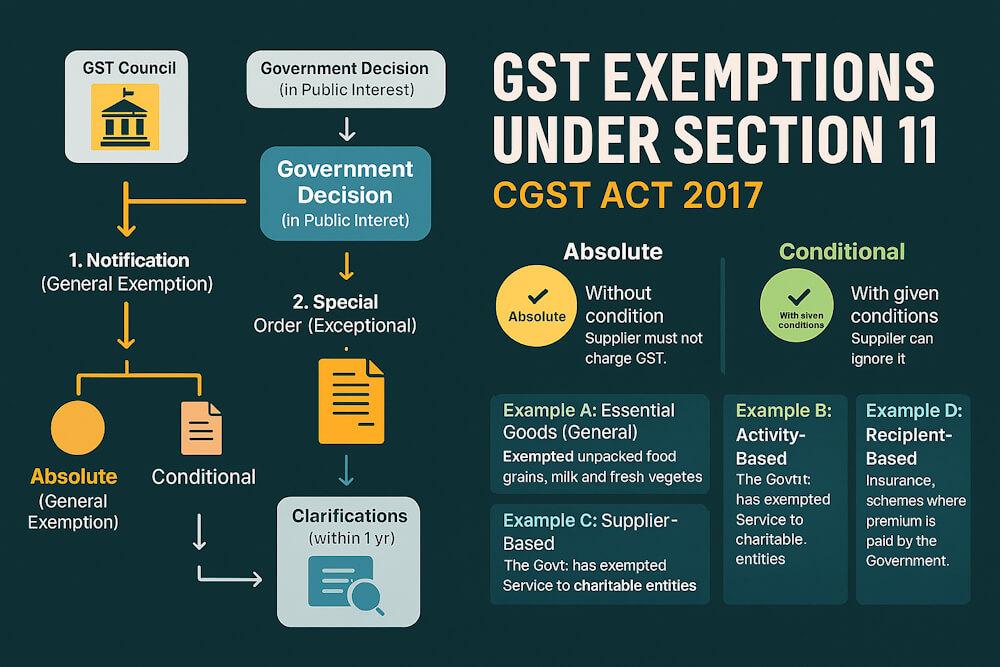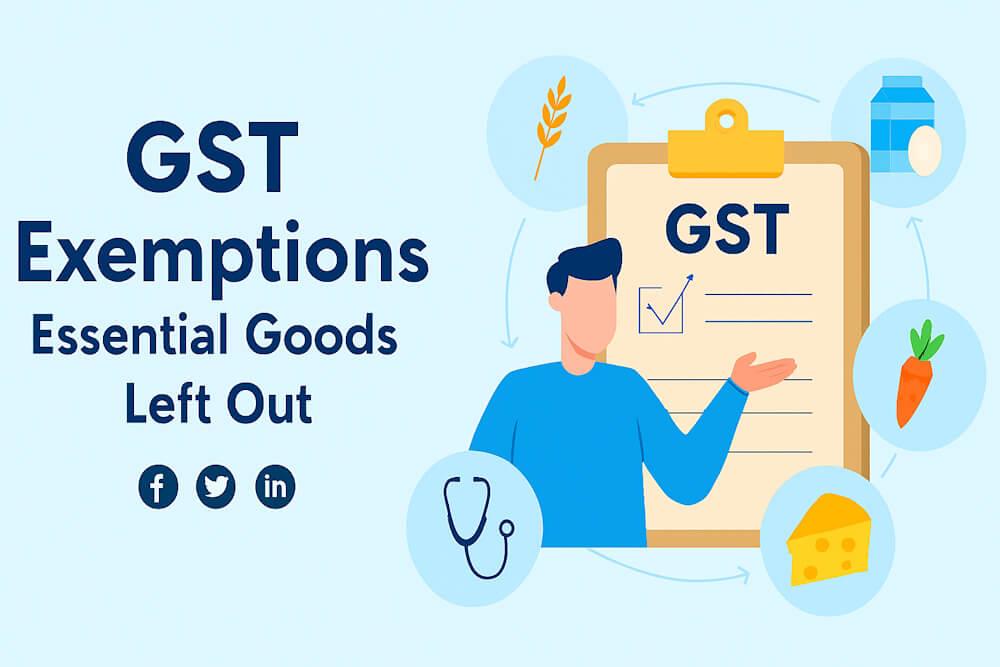When GST rolled out, one of the first questions small shopkeepers and small business owners asked was: “Okay, but do I really have to deal with all that filing and paperwork every month?” Because let’s be real, GST compliance can feel like a full-time job. And that’s where the composition scheme, also called composition levy, comes into the picture.
It’s like the government’s way of saying, “Hey, if you’re small, don’t sweat it. We’ll keep things simple for you.”
What is Composition Levy in GST?
Alright, let’s keep this simple. Composition levy is basically the government’s “easy mode” for small businesses. Instead of dealing with the usual GST mess—different slabs like 5%, 12%, 18%, 28%, plus filing every single month—you just pay a tiny fixed percentage of whatever you earn and that’s it.
It’s like the government saying, “Look, you’re small, don’t bother with all the complicated stuff. Just give us a small share and carry on.”
So you’re not sitting there counting GST on every item you sell. You just look at your total turnover and apply the fixed rate. Much easier.
👉 For example, imagine a small restaurant that pulls in around ₹40 lakhs a year. Instead of calculating GST on each thali or dosa or pizza, they can just opt for composition levy and pay a flat 5% (split as 2.5% CGST and 2.5% SGST) on the whole turnover. Done. Way less headache.
Why Did the Government Create It?
Because not every business has the time, resources, or staff to file detailed GST returns every month. For a small kirana store, tailoring shop, or a small café, dealing with invoices and ITC rules is overkill.
The composition levy basically gives them relief—lower rates, less paperwork, and simple compliance.
Who Can Opt for Composition Levy?
Not everyone qualifies. There are limits and conditions. Let’s break it down:
- Turnover limit – Only businesses with an annual turnover up to ₹1.5 crore can opt (₹75 lakhs in some states). For restaurants (not serving alcohol), the limit is also ₹1.5 crore.
- Nature of business – It’s meant for small traders, manufacturers, and restaurants.
- Not for service providers – Except restaurants, most service providers can’t opt. Though a later update allowed certain service providers with turnover up to ₹50 lakhs to join at 6%.
- Intra-state supply only – If your business deals across states (say selling from Delhi to Mumbai), you can’t go for composition levy. It’s only for intra-state supply.
- No e-commerce sellers – If you sell through platforms like Amazon or Flipkart, sorry, you’re out.
So the scheme is good, but only if you’re small, local, and simple.
How Does Tax Work Under Composition Levy?
Okay, so here’s the easy part. In the composition scheme, you don’t sit and calculate GST on every little sale. You just take your total turnover and pay a flat percentage on it. That’s it. No crazy slab-hunting, no monthly invoice headaches.
And yeah, the rates are way lower than the normal GST ones. Here’s how it usually looks:
- Around 1% (0.5% CGST + 0.5% SGST) if you’re a small trader or manufacturer.
- About 5% (2.5% + 2.5%) if you’re running a restaurant (as long as you’re not serving alcohol).
- And then later they added 6% (3% + 3%) for some smaller service providers.
👉 Let me give you a quick picture: suppose a trader in Jaipur does ₹80 lakhs in sales in a year. Now, under normal GST, he would be chasing invoices all year, figuring out GST on each transaction, filing multiple returns, claiming ITC, the whole circus. But under composition levy, he just says, “Okay, turnover is ₹80 lakhs, tax is 1%,” so he pays ₹80,000 for the year. Done. That’s literally the whole story.
What Are the Rules to Follow?
Even though it’s simpler, there are still rules:
- No Input Tax Credit (ITC) – If you opt for composition levy, you can’t claim ITC on purchases.
- Can’t collect tax from customers – You can’t add GST separately on bills. You pay it out of your own turnover.
- Invoices – You issue a “Bill of Supply” instead of a tax invoice.
- Returns – Instead of monthly returns, you file quarterly returns (CMP-08) and one annual return (GSTR-4).
- Signboards – You must display “Composition Taxable Person” at your place of business.
So yes, it’s easy, but it comes with its own set of do’s and don’ts.
Benefits of Composition Levy
So why do small businesses actually like this scheme? Honestly, because it cuts out a lot of the pain.
First off, the tax itself is lighter. Instead of big GST slabs that eat into your margin, you just pay a small flat rate on turnover. Feels less like a burden.
Then there’s the paperwork part. With composition levy, you don’t have to sit every month filing endless returns. Just quarterly payments and one annual return—that’s it. For a busy shopkeeper, that’s a huge relief.
Another big one? You don’t have to obsess over Input Tax Credit. No chasing invoices, no matching credits, none of that. Life’s a bit simpler.
It also makes your tax liability predictable. You already know, “Okay, this is my turnover, this is the percentage, this is what I’ll pay.” No surprises at the end of the month.
And probably the best part—you actually get to focus on running your business. Traders, shopkeepers, restaurant owners… they’d rather deal with customers than stare at tax software all day.
👉 For example, think of a small bakery pulling in around ₹30 lakhs a year. Under the normal GST system, the owner would be juggling input credits, matching invoices, maybe even hiring an accountant. Under composition levy, he just says, “Alright, flat 5% on turnover,” pays it, and then goes back to baking cakes. Much less stress.
Drawbacks of Composition Levy
It’s not all sunshine though. There are trade-offs:
- No ITC – You lose the ability to claim input credit, which bigger businesses often use to cut costs.
- Limited to local trade – You can’t supply across states.
- No e-commerce – If you dream of selling on Amazon, you can’t stay in composition scheme.
- Can’t collect GST separately – You bear the tax cost from your margin, which may reduce profits.
- Perception issue – Some bigger buyers may avoid dealing with composition taxpayers since they can’t claim ITC from them.
Should You Opt for It?
Honestly, there’s no one-size-fits-all answer here. It kind of depends on what you’re doing with your business.
If you’re a small trader in the neighborhood or maybe running a family restaurant with modest turnover, the composition scheme feels like a blessing. It takes away the endless paperwork, keeps tax simple, and you don’t spend sleepless nights thinking about ITC or mismatched invoices.
But let’s say you’ve got bigger plans—you want to start selling across states, or maybe get into e-commerce, or you really need ITC because of how your supply chain works. In that case, the normal GST route is probably smarter, because composition levy will hold you back.
A Few Everyday Examples
Think about it like this:
- Kirana Shop – A small grocery store doing around ₹40 lakhs in turnover picks the 1% composition levy. No monthly return drama, just quarterly payments. They’re free to focus on customers instead of compliance.
- Family Restaurant – A local eatery making ₹60 lakhs a year goes with the 5% option. For them, it’s way easier to cook and serve food without juggling invoices all day.
- Tailor Shop – A tailoring unit with ₹25 lakhs turnover chooses composition levy at 1%. Super simple—no tax chaos, no unnecessary stress.
So yeah, if your business is small and local, it feels like the government giving you a shortcut. But if you’re aiming higher, composition levy might feel like a speed bump down the road.
Final Thoughts
The composition levy under GST is basically a shortcut for small businesses. It says: “Don’t worry about the big rules, just pay a little fixed tax and keep running your shop.”
It’s not for everyone, especially if you want to grow big, sell online, or expand across states. But for small, local businesses, it’s like the government giving them breathing space.
So if you’re a small trader, manufacturer, or local restaurant, composition levy could save you from the nightmare of GST compliance. But think carefully—sometimes the simplicity comes at the cost of flexibility.





